Grass Vetchling
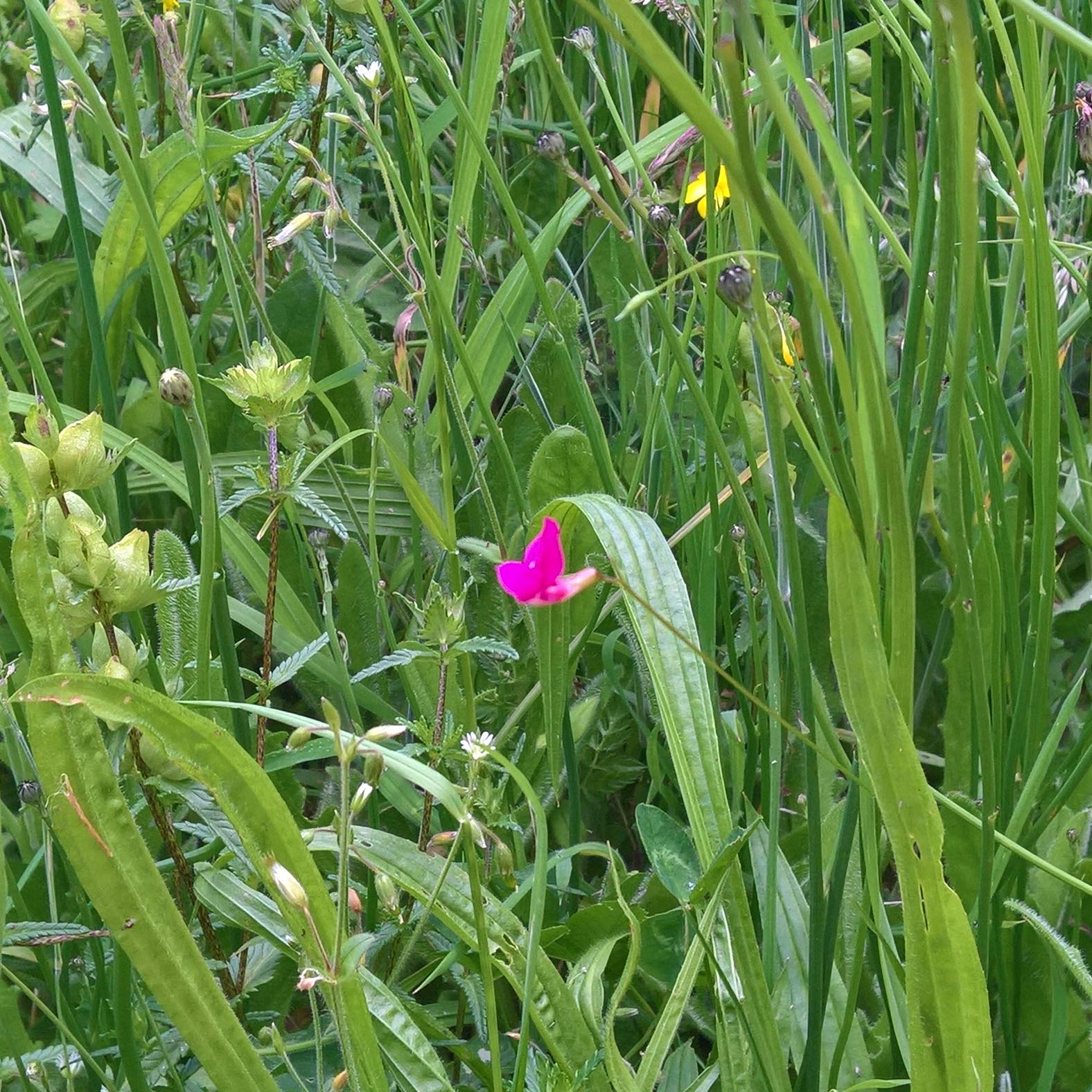
We were thrilled to find the jewel-like flowers of Lathyrus nissolia near Acle- a new hectad record for the plant.

We were thrilled to find the jewel-like flowers of Lathyrus nissolia near Acle- a new hectad record for the plant.
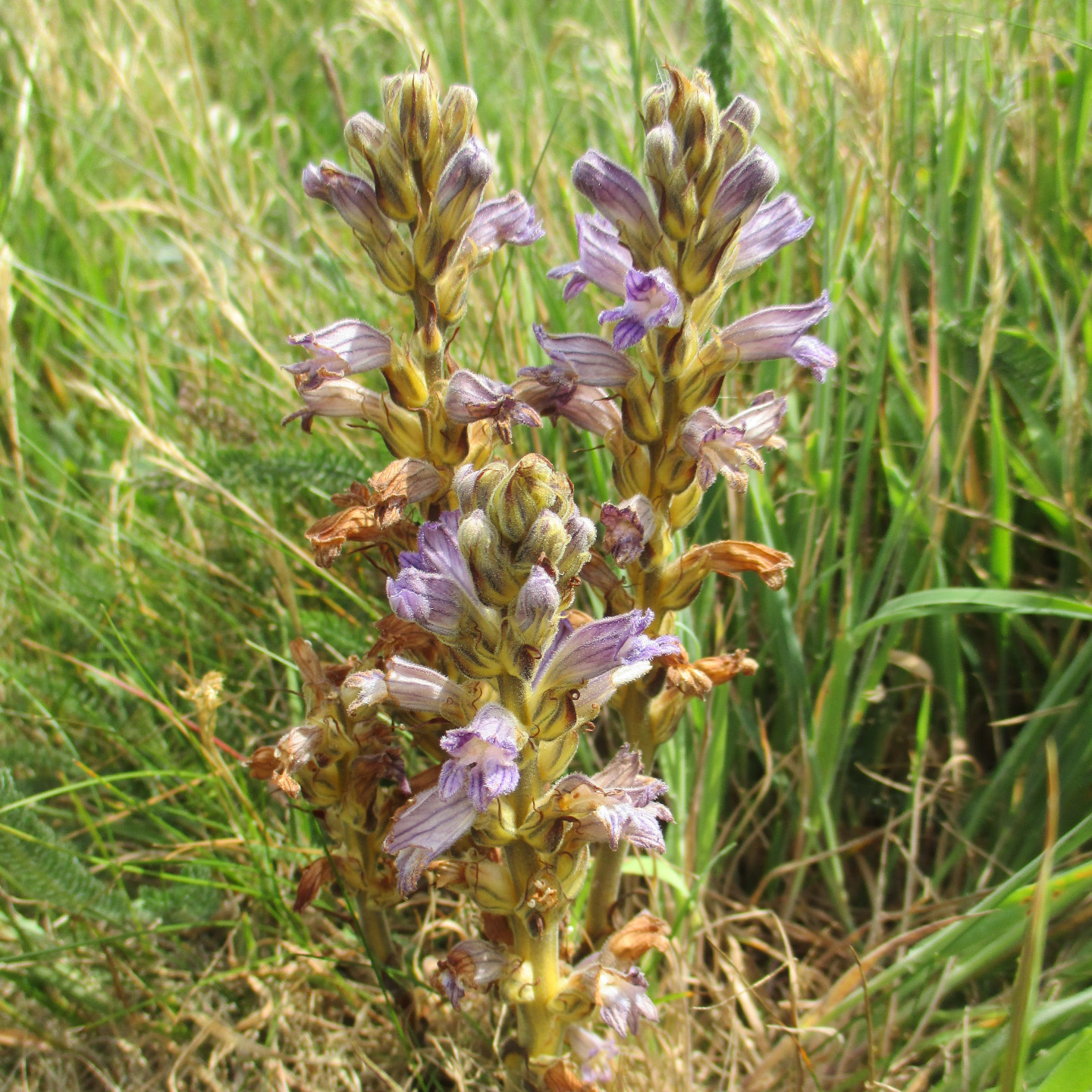
One spike of Yarrow Broomrape was found initially in the rough by the cliff path, Royal Cromer Golf Course by Golf Club Member David Harper searching
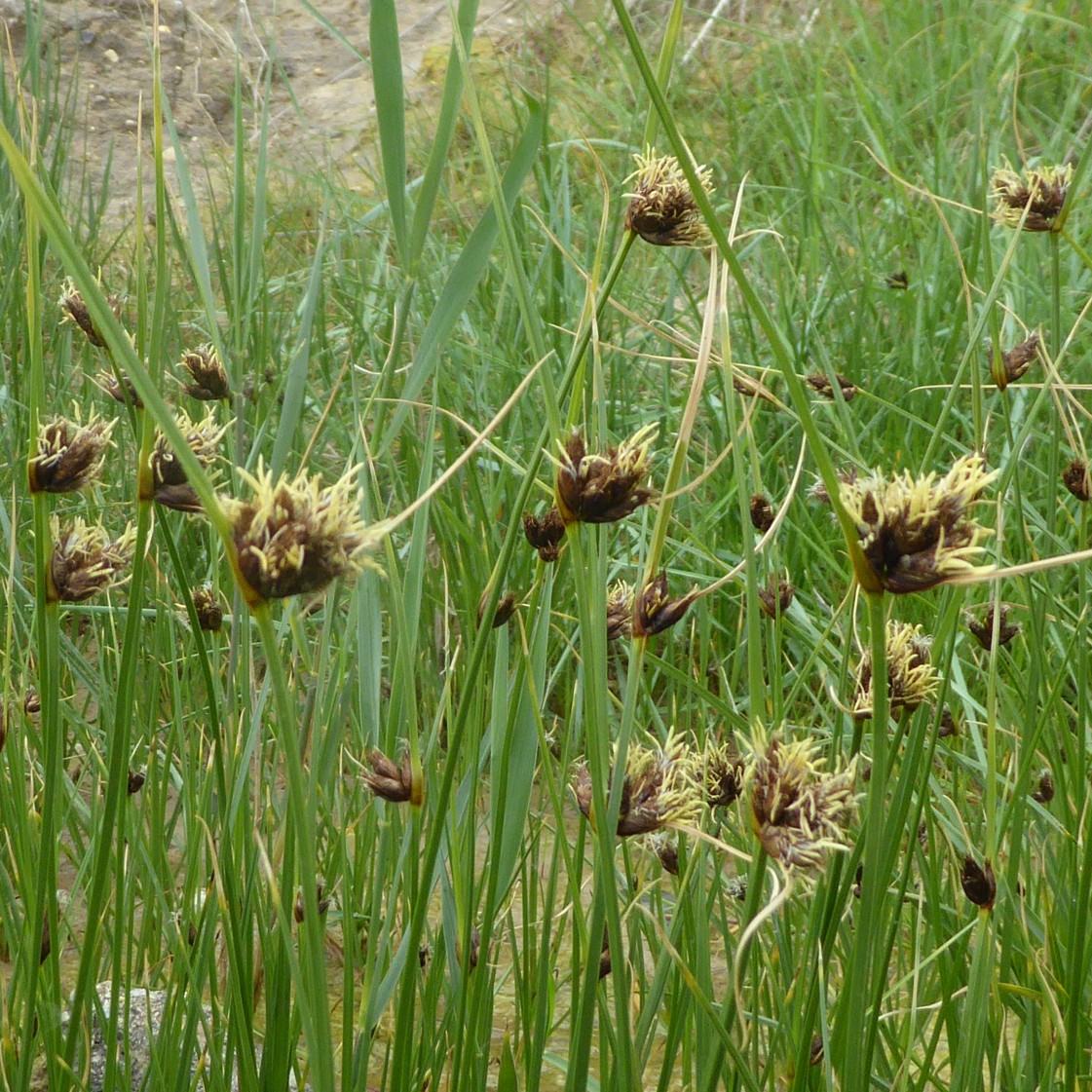
Suki Pryce spotted Bolboschoenus maritimus Sea Club-rush on the Overstrand sea front, growing with other interesting species such as Atriplex portulacoides Sea-purslane and Triglochin maritimum Sea Arrowgrass, none of which have
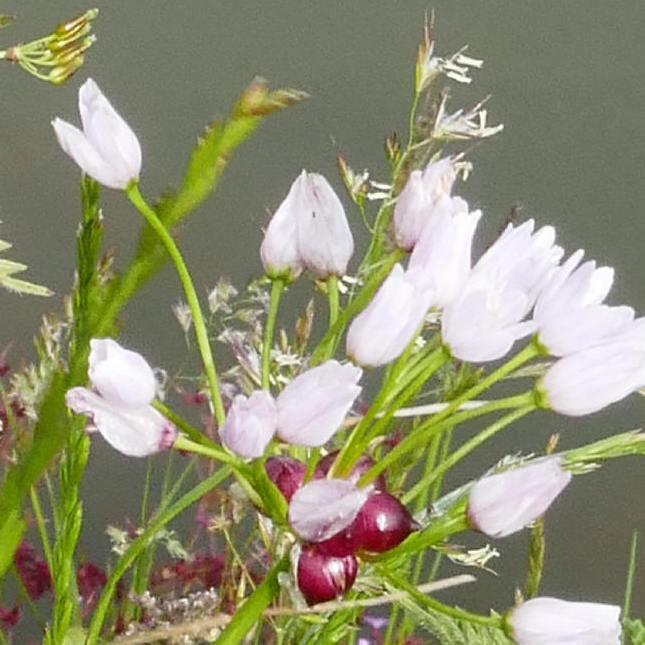
Two neophytes of garden origin turned up recently in King's Lynn, both some distance from any garden, so had obviously established themselves in the wild.
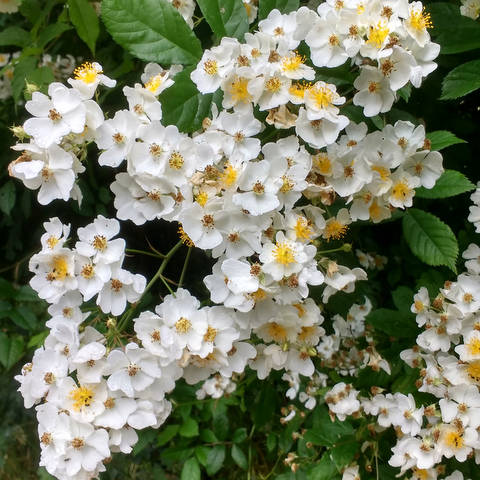
In late June this stunning display could be seen in a hedgerow near Saxthorpe.
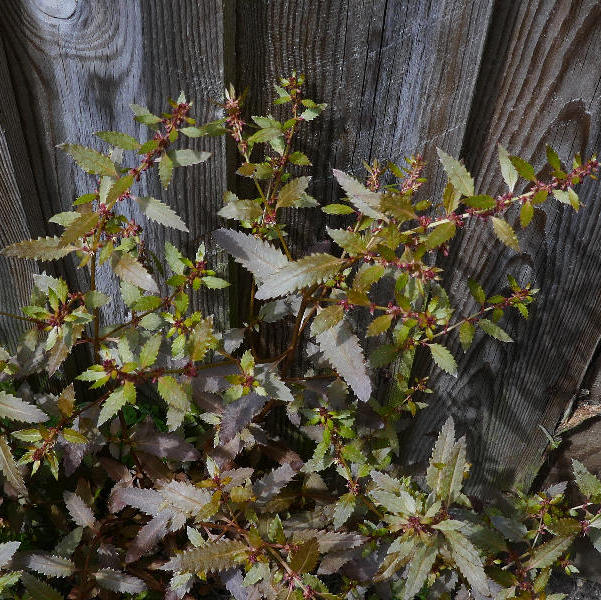
Three separate specimens of this very distinctive plant, known as Raspwort or Shrubby Haloregis ‘Wellington Bronze, were found growing in an alley between houses, in King’s Lynn, in TF6420.
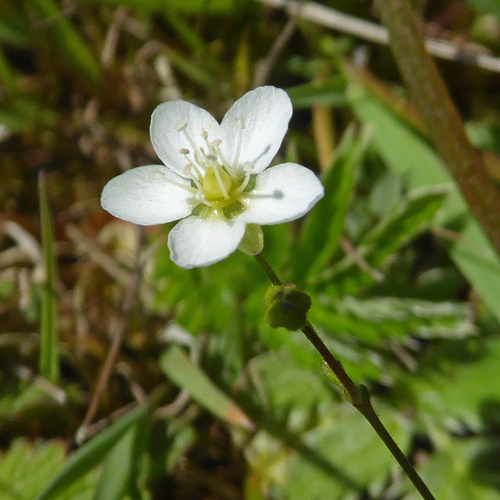
The 'knotted' leaf nodes and small, but showy flowers of Knotted Pearlwort were just coming out during last Sunday's visit to East Wretham.
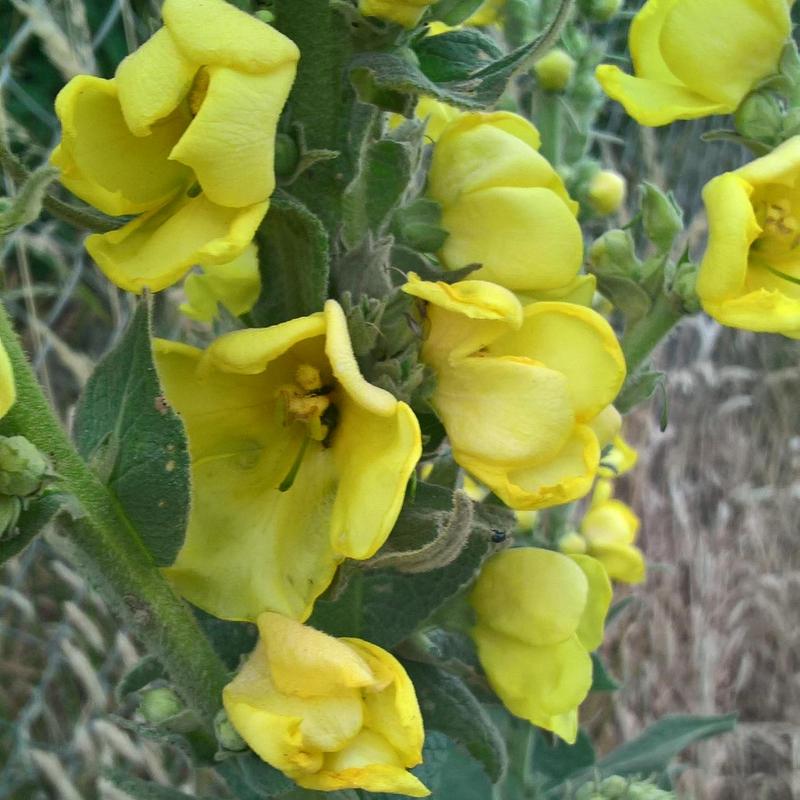
Found on the Roadside, near East Harling Heath. Dense-Flowered Mullein Verbascum densiflorum is not infrequently found naturalised in the county.
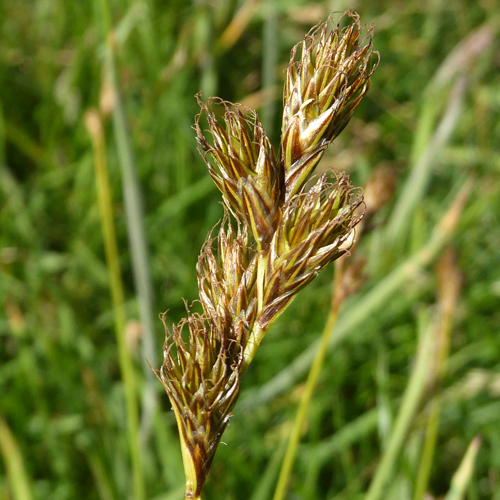
The oval heads with clawed tips to the bracts make Oval Sedge an easy species to identify. We saw quite a few plants at East Wretham Heath.
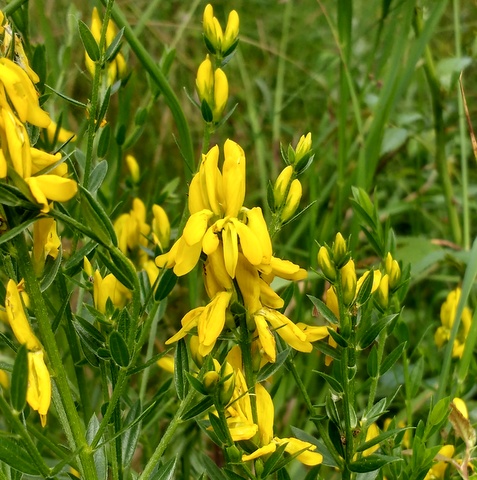
On a sunny day in mid-June I was delighted to come across a small patch of Dyer's Greenweed Genista tinctoria, on the top of a ditchbank beside a quiet track near Wacton in South Norfolk.